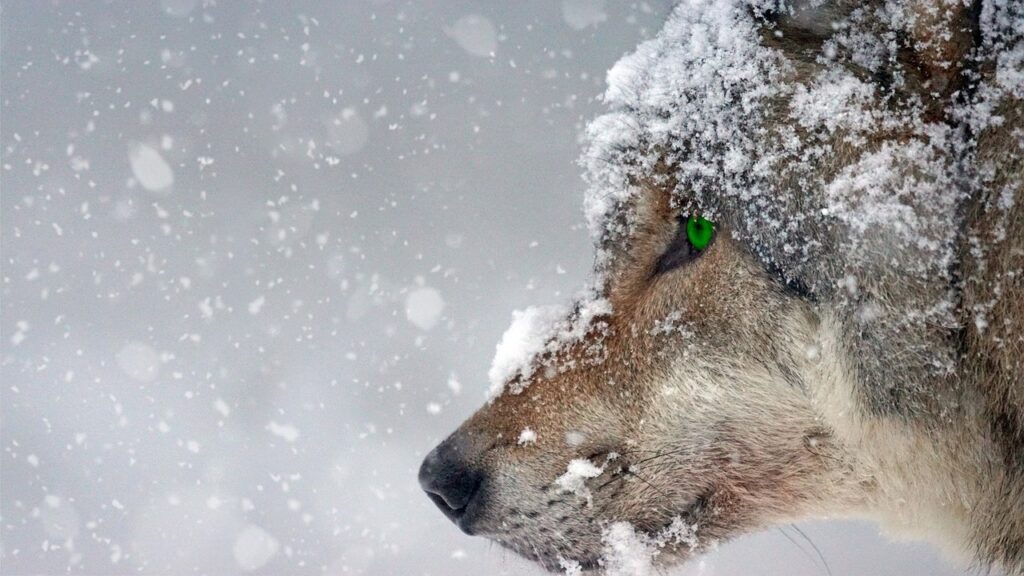Raccoons as Pets: Care, Laws & Challenges
Raccoons are often seen as fascinating and funny companions, but they are far from being ideal pets. Their unpredictable nature and high maintenance requirements make them a challenge even for experienced pet owners. Animal experts frequently advise against keeping them due to their daily antics, which often result in damage to your home and belongings.
Additionally, raccoons are difficult to tame and are notorious for being biters when they feel bothered. Their dietary needs and potential health issues can be hard to manage, and as active animals, they require plenty of space to roam.
However, with the right knowledge, time, and commitment to properly care for them, including providing appropriate housing, a balanced diet, and meeting their exercise needs, they can thrive in a domestic setting.

Species Overview Raccoon
- Common Name: Raccoon
- Scientific Name: Procyon lotor
- Size: Typically 16 to 28 inches in length, weighing between 7 and 20 pounds
- Lifespan: Up to 20 years in captivity
Understanding the Legal and Ethical Factors
When deciding to keep a pet raccoon, understanding the laws in your state or provincial area is crucial. Many places consider raccoons illegal, while others have strict regulations on their importation and ownership.
Websites like FindLaw provide guidance on exotic animal policies and personal injury concerns. Checking local rules ensures compliance and prevents legal trouble.
Beyond the legal aspects, there are ethical considerations to think about. A raccoon that gets loose in the community could be seen as a threat. If it scratches or bites someone, authorities may enforce harsh treatment, including having it euthanized. Responsible owners must ensure their pet is well-kept and does not become problematic for others.
Understanding the Responsibilities
Owning a pet raccoon is a long-term commitment that requires both money and time. These mischievous and active animals need continuous supervision, plenty of enrichment, and engaging toys and activities to stay entertained. Without proper care, they can develop destructive behavior, making it essential to take preventive measures.
Finding a vet nearby who can treat them is crucial, as not all veterinarians are experienced in handling exotic pets. If you travel, you must arrange for someone to watch them since leaving them alone is not an option.
Your home must also be raccoon-proof since these curious creatures can cause unexpected damage. It’s wise to contact your insurer to check if they cover any potential issues caused by your pet.
Moving to a new town can be challenging, as not all places are equipped to meet their needs. If you are unable to keep up with their maintenance requirements, it can lead to significant stress for both you and the animal. Proper planning is essential to ensure their well-being.
Raccoon Behavior and Temperament
Raccoons may look cuddly and playful, but their wild nature stays strong even when raised in captivity from a young age. While they can bond with humans and feel comfortable around people, they may bite if they get annoyed or scared. Even their favorite person isn’t always safe from an unexpected nip.

As natural predators, they may attack small animals in the home, making them best kept solo. These intelligent creatures have good memories and problem-solving skills, which means they need constant mental stimulation. Since they are nocturnal North American natives, they stay active at night, making them a challenging pet for many owners.
The Challenges of Keeping a Raccoon
These pets require plenty of space to roam, climb, and explore. Keeping them in cages or bedrooms can lead to frustration and destructive behavior. Their sharp claws and teeth can destroy property if they get curious or bored.
Without enough toys, they might start chewing door frames, ripping bedsheets, knocking over decor, and even breaking into secured areas with their masked bandit instincts. While their vocalizations are minimal, living with them is far from quiet, as they require constant upkeep and supervision.
Housing
Creating a Comfortable Living Space
Some people keep raccoons in a large dog crate when they aren’t home to watch their pet. However, raccoons are too active to stay content in a cage for long hours. The majority of their time should be spent roaming, playing, climbing, and exploring, as they are naturally mischievous. That means your home needs to be raccoon-proofed. These animals are prone to chewing cords, climbing shelves, and knocking valuables down, so anything that could injure them or get damaged must be removed from their area.
Outdoor Enclosures for Safety
If you have the space, it is ideal to provide a secure outdoor enclosure for your raccoon. This is a great option when you’re busy or need to leave your home, giving your pet a safe pen to play in. The enclosure should be as large as possible, with walls and a ceiling to contain the animal. Many people build their own pen using wood and screening. Inside, your raccoon should have access to food, water, shelter, and structures like branches for jumping. Adding toys, balls, and food puzzles will help keep your pet entertained.

Specific Substrate Needs
For the crate interior, where your raccoon might temporarily spend time, using an easily washable blanket or a dog bed on the floor will help keep the animal comfortable.
What Do Raccoons Eat & Drink?
Raccoons are omnivores, meaning they eat both meat and plants. A varied diet is essential, including dog food, poultry, fish, eggs, insects, vegetables, and fruits. Treats like nuts or fatty foods should be given sparingly to prevent obesity. Always have a dish of clean water available. The quantity and variety of food should match the animal’s age, size, and activity level, so it’s best to consult a veterinarian for proper guidance.
Feeding Habits and Enrichment
Pet raccoons are messy eaters who like to dunk their food in water before consuming it, so you’ll need to regularly change their water and keep the feeding location easy to clean. Most adult raccoons need two meals per day, typically in the early morning and late evening, though it’s always wise to follow vet advice. While placing food in a bowl is simple, it’s also a good idea to use food puzzles or hide portions around the enclosure to provide enrichment and mental stimulation.

